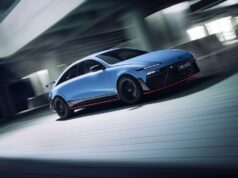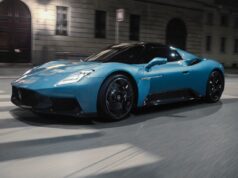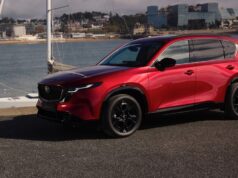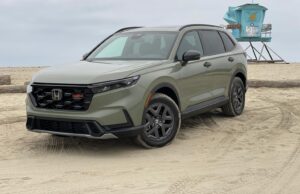
Mazda and Toyota have reached an agreement for to supply Mazda with the hybrid technology that is used in the Toyota Prius. Mazda plans to combine the technology with its next-generation SKY engine. The resulting hybrid vehicle is slated for a 2013 introduction.
Related Stories:
Tokyo 09′ Preview: Mazda to Debut Next-Gen SKY Powertrains and Kiyora Concept
PRESS RELEASE:
Toyota Motor Corporation Mazda Motor Corporation
TMC and Mazda Agree to Hybrid System Technology License
Toyota Motor Corporation (TMC) and Mazda Motor Corporation (Mazda) have reached an agreement on the supply under license of hybrid technology used in the Toyota Prius.
Leveraging this agreement, Mazda plans to combine the hybrid system with its next-generation SKY* engine that is currently under development, and develop and manufacture a hybrid vehicle in Japan. Mazda is aiming to commence sales of a hybrid vehicle starting in Japan by 2013.
Positioning response to environmental issues as a management priority, TMC began sales of the Prius, the world’s first mass-production hybrid vehicle, in 1997. Since then, over 2.3 million TMC-produced hybrid vehicles have been delivered to customers in over 70 countries and regions.
TMC recognizes the importance of benefiting the environment by encouraging the popularization of its eco-friendly technologies, which are represented by its hybrid systems. Accordingly, TMC has announced that it will consider requests from other companies to supply hybrid technology.
Based on its long-term vision for technology development, Sustainable Zoom-Zoom, Mazda aims to increase the average fuel economy of Mazda vehicles sold globally 30 percent by 2015, compared to its 2008 level. In order to offer all of its customers driving pleasure as well as outstanding eco-friendly and safety performance, Mazda is implementing a Building Block Strategy. Under this strategy, Mazda will enhance the core aspects of its vehicles – including engines, transmissions and weight reduction – and then progressively add electric devices such as idling stop, regenerative braking and hybrid systems.
Through this partnership, each company intends to offer technologies and products with outstanding environmental benefits to as many people as possible.
*Concept name for engines and transmissions that are intended for launch from 2011 onward.








